In the world of technical measurement and analysis, oscilloscopes serve as vital instruments. They capture, display, and analyze the complexities of electrical signals. One key aspect that defines an oscilloscope's capability is its bandwidth. In this exploration, we will delve into the significance of oscilloscope bandwidth, especially in the context of ham radio operations and other technical applications.
What is Oscilloscope Bandwidth?
Oscilloscope bandwidth refers to the maximum frequency at which the device can measure a signal with reasonable accuracy. To capture and display the true shape of a signal, the oscilloscope's bandwidth must exceed the highest frequency component of the signal. This is especially important for digital signals, which can contain multiple frequencies and harmonics that extend high into the frequency spectrum.
Practical Example
Recently, during an experiment with a handheld ham radio operating in the 70 cm or 440 MHz band, an oscilloscope with only 350 MHz bandwidth was used. The expectation was a bandwidth of 500 MHz, leading to inaccurate results. This example underscores the importance of matching your oscilloscope's bandwidth to the signals you intend to measure.
Types of Oscilloscopes
Older Models: These cathode ray tube oscilloscopes from the 70s and 80s are large, heavy, and lack warranties. Repairs can be challenging unless you are handy with electronics. While they can be inexpensive at hamfests or on eBay, beginners might want to avoid them.
Multimeter Type Oscilloscopes: Though moderately priced, these often suffer from low bandwidth, poor resolution, and cluttered interfaces, making them difficult to use effectively.
Digital Storage Oscilloscopes: These are more modern and user-friendly, with bright screens, multiple inputs, and intuitive interfaces. They are ideal for most applications, providing accurate measurements and easy navigation.
Key Considerations for Bandwidth
-
Signal Measurement Accuracy: The oscilloscope's bandwidth should exceed the highest frequency component of the signal. For high-frequency signals, insufficient bandwidth will miss details, reducing signal fidelity.
-
Rise Time Measurement: Bandwidth affects the oscilloscope's ability to measure rise time—the time it takes for a signal to change from a low to a high state. Lower bandwidth leads to inaccurate rise time measurements.
-
Bandwidth Specification: Manufacturers specify bandwidth at the point where the signal amplitude is attenuated by 3dB. This means the signal's power is halved at this frequency.
-
Probes: Ensure the probes used with the oscilloscope match its bandwidth. A probe with lower bandwidth can limit measurement accuracy.
-
Sampling Rate: The oscilloscope's sampling rate should be high enough to support its bandwidth. According to the Nyquist theorem, the sampling rate should be at least twice the signal's maximum frequency, though 5 to 10 times is often recommended.
Bandwidth Recommendations
5x Rule: A conservative guideline to ensure higher-order harmonics are captured accurately, maintaining signal integrity.
2.5 to 3x Rule: A practical guideline for many applications, providing sufficient accuracy without significant distortion.
Bandwidth for HF Signals
For HF (High Frequency) radio signals, which range from 3 MHz to 30 MHz, an oscilloscope should have a bandwidth of at least 1.5 to 2 times the highest frequency you wish to analyze. This ensures accurate capture of fundamental frequencies and harmonics.
Minimum Recommendation:
- Minimum Bandwidth: 30 MHz
- Recommended Bandwidth: 45 to 60 MHz
- Ideal Bandwidth: 100 MHz for additional headroom
Selecting an oscilloscope within these ranges will help you accurately capture and analyze HF radio signals, accounting for both fundamental frequencies and higher-order harmonics.
Conclusion
Understanding oscilloscope bandwidth is essential for accurate signal measurement and analysis. By choosing the right bandwidth, you ensure your oscilloscope can handle the frequencies and signals you need to measure, whether for ham radio or other applications. If you have questions, feel free to ask, and you might be featured in a future discussion.


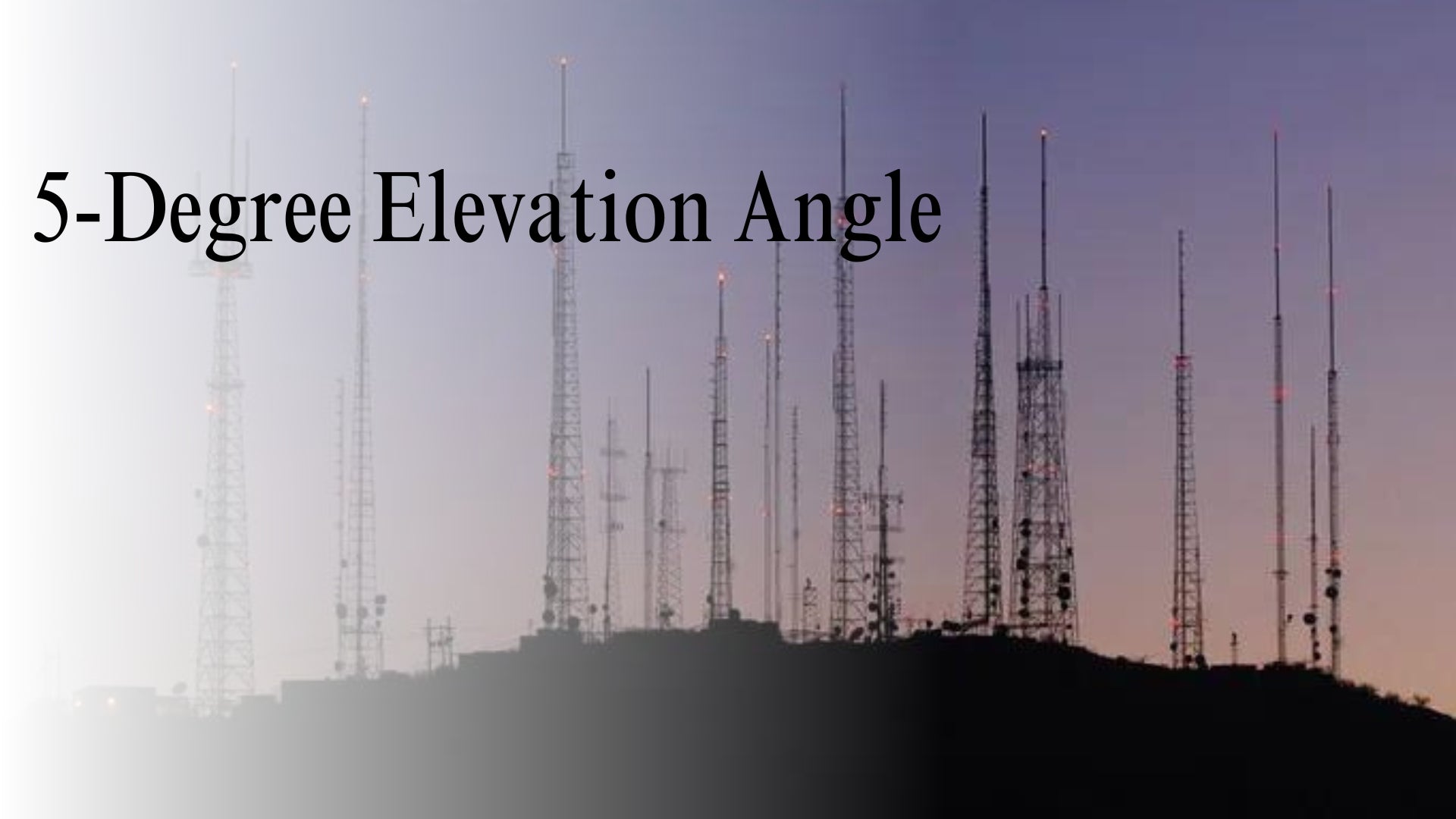

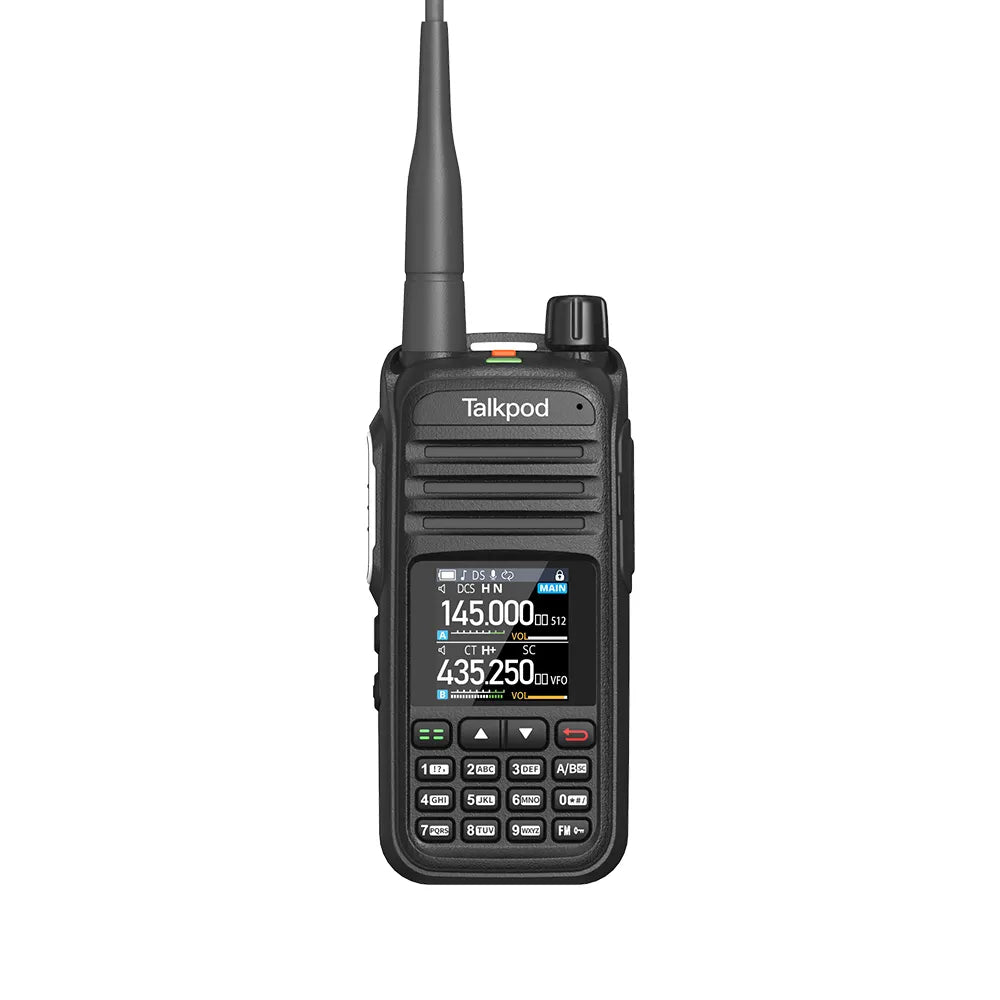
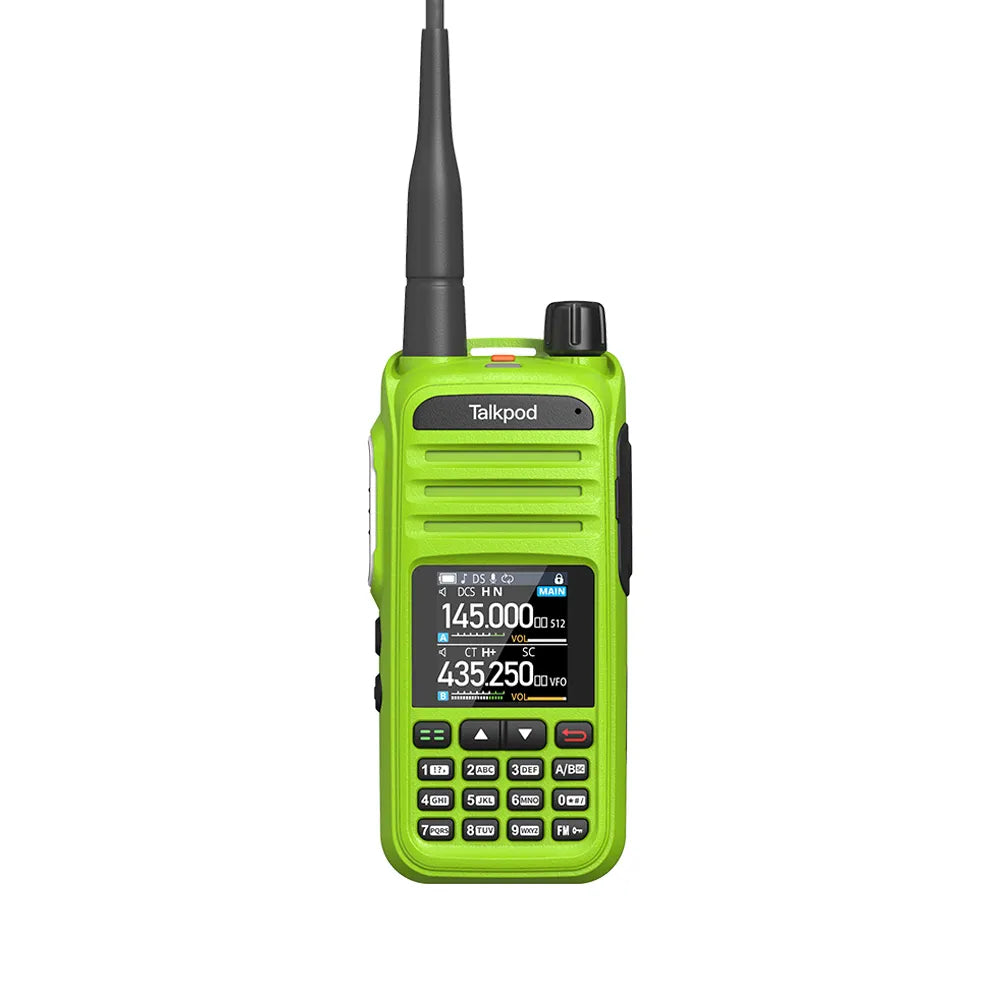
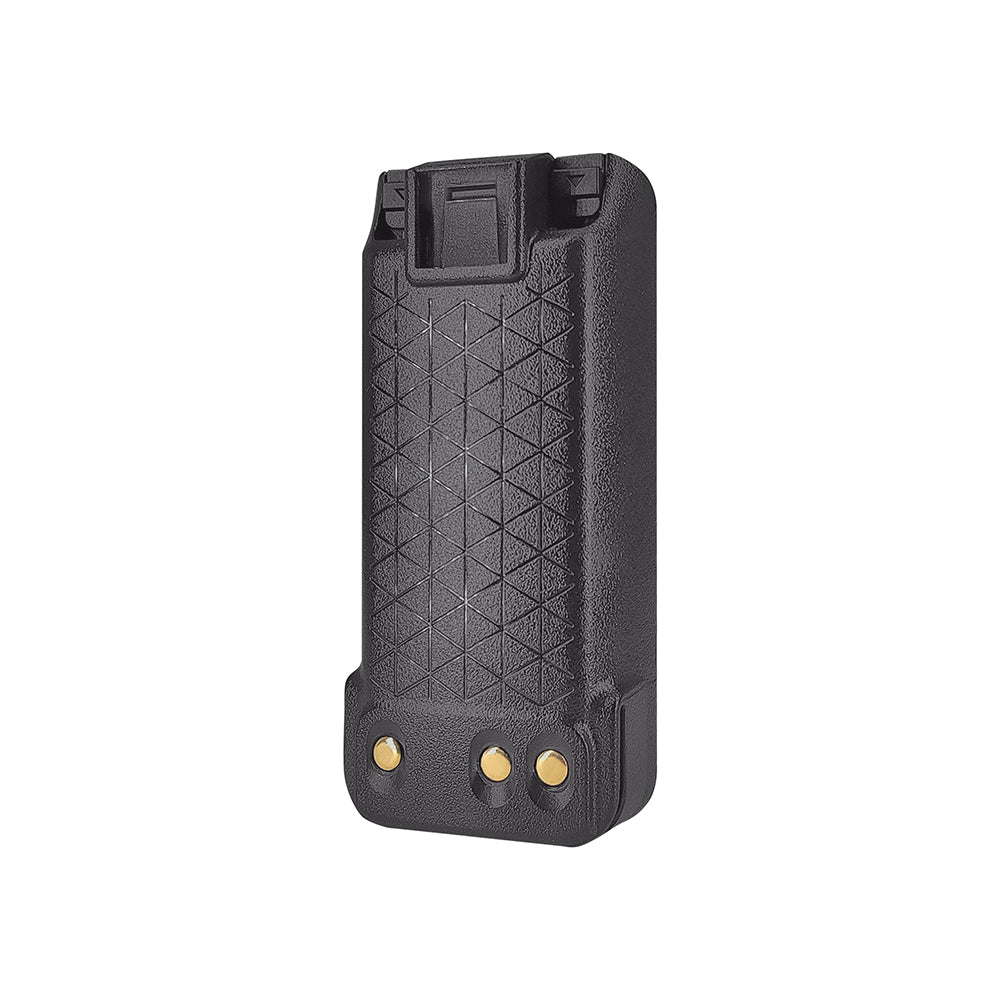
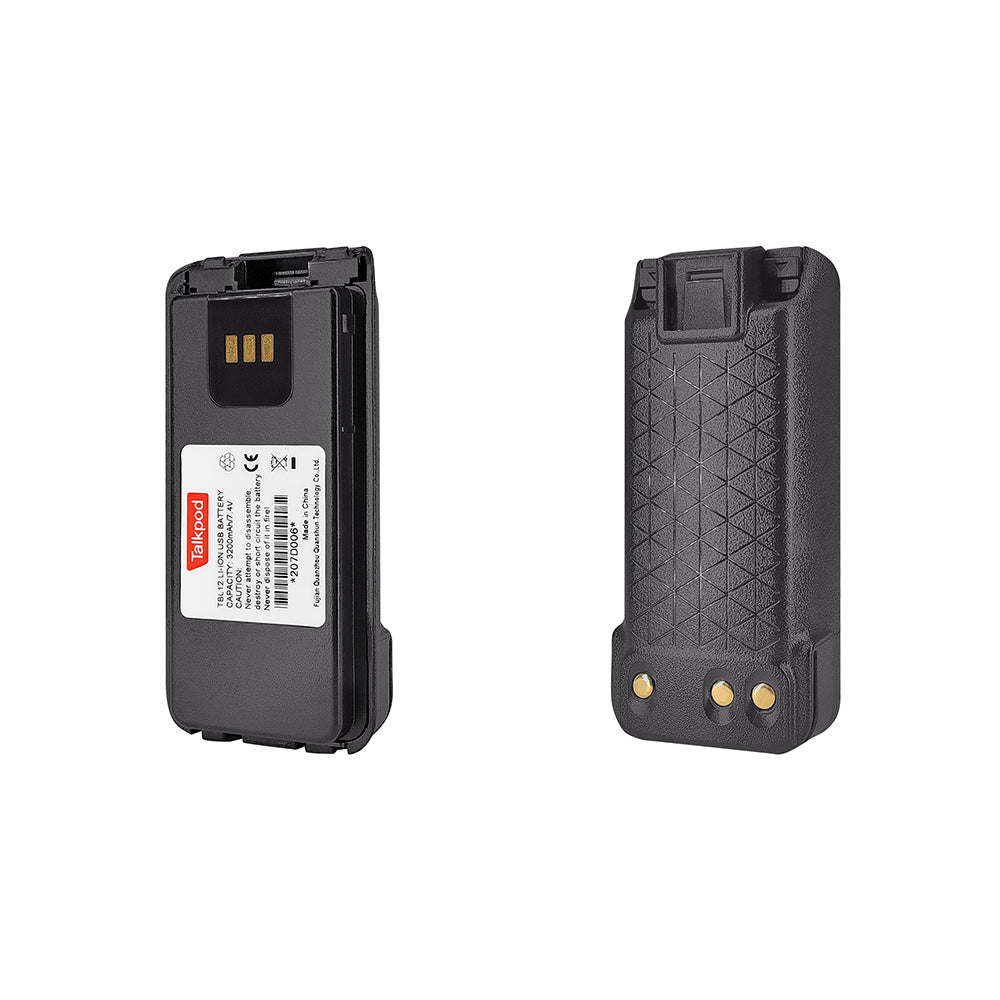
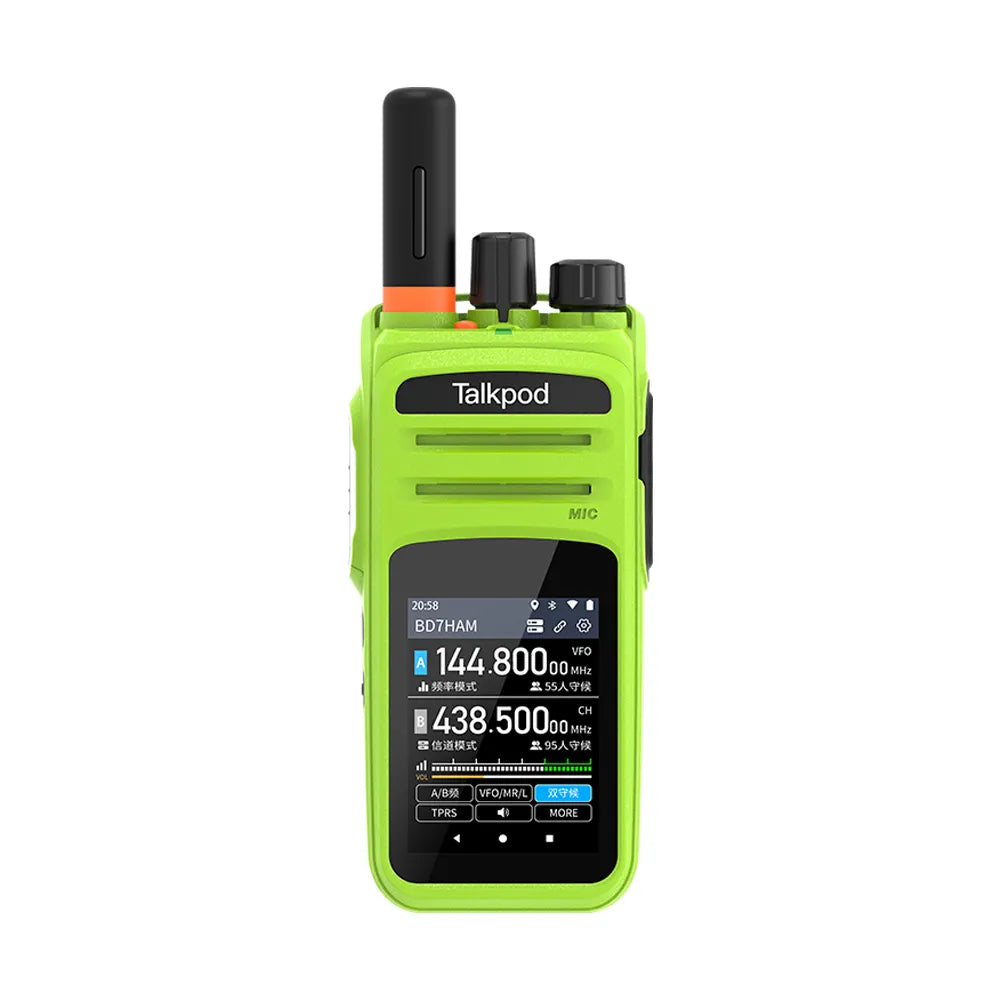
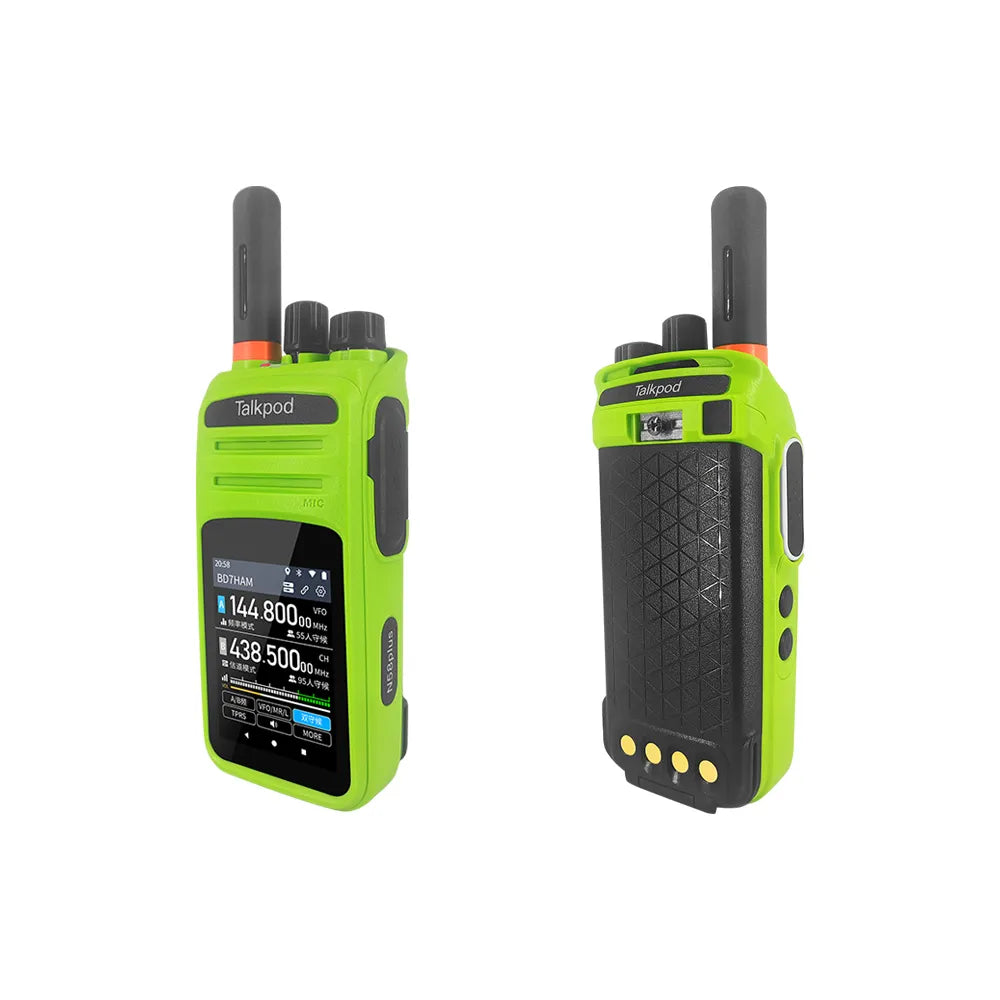
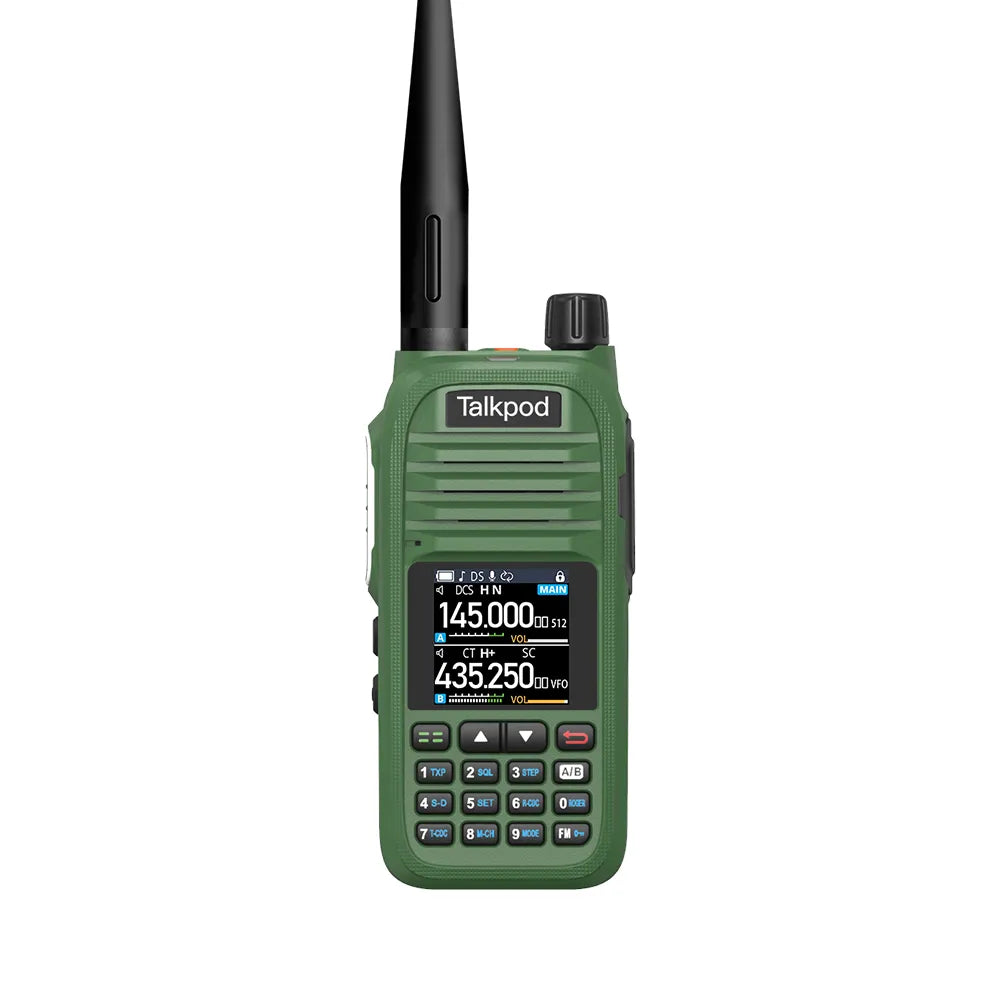
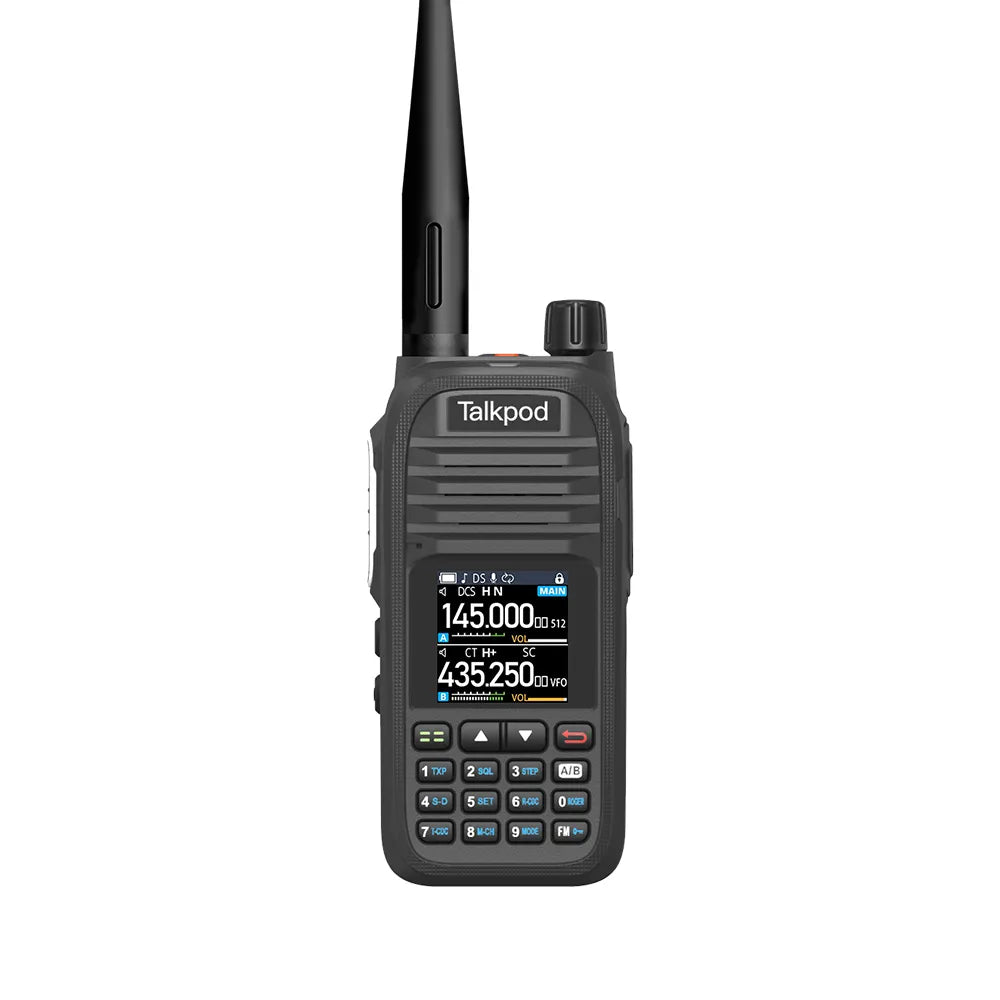
Leave a comment
All comments are moderated before being published.
This site is protected by hCaptcha and the hCaptcha Privacy Policy and Terms of Service apply.